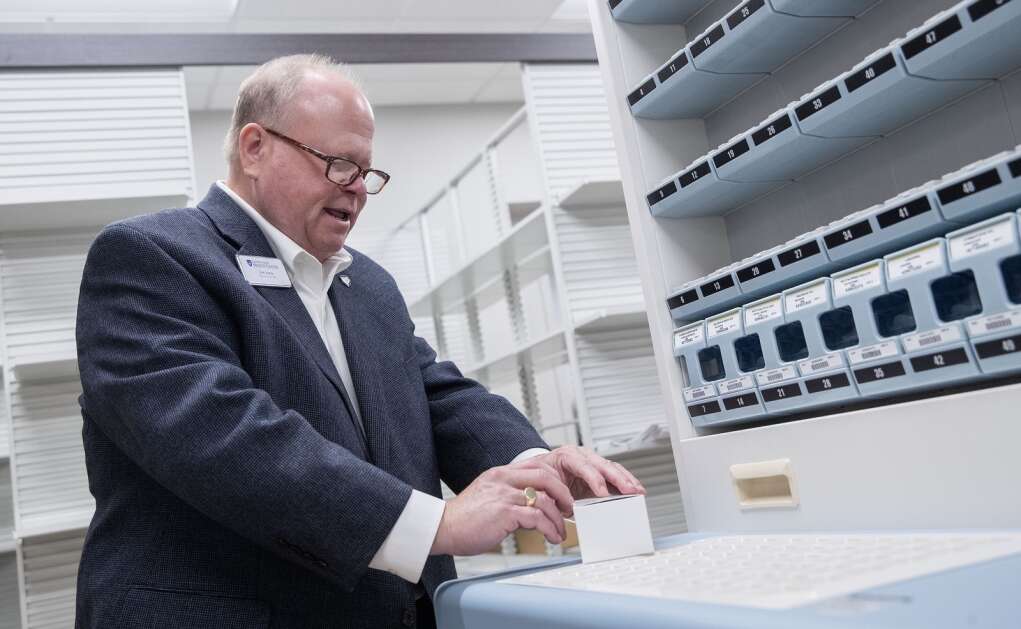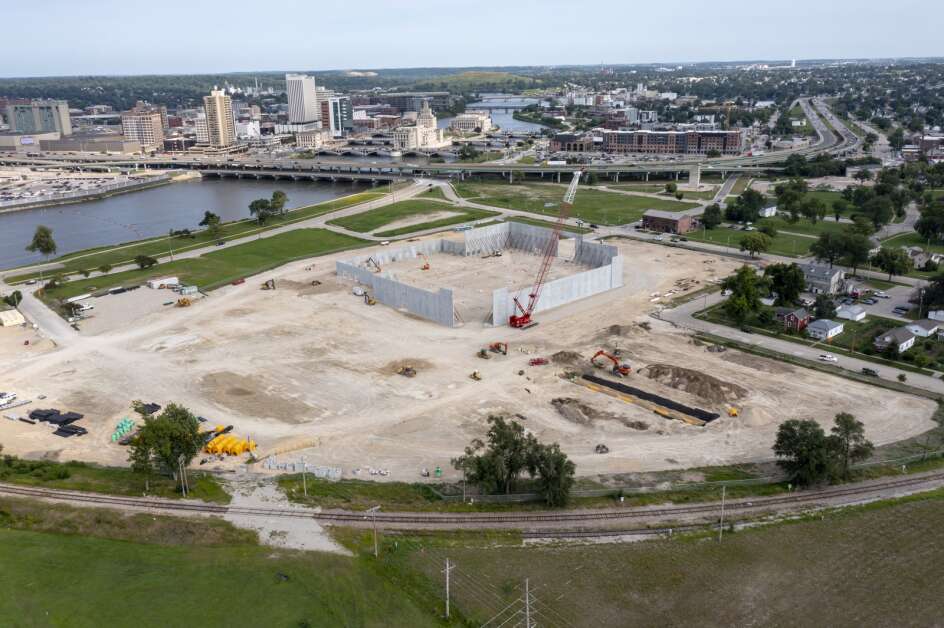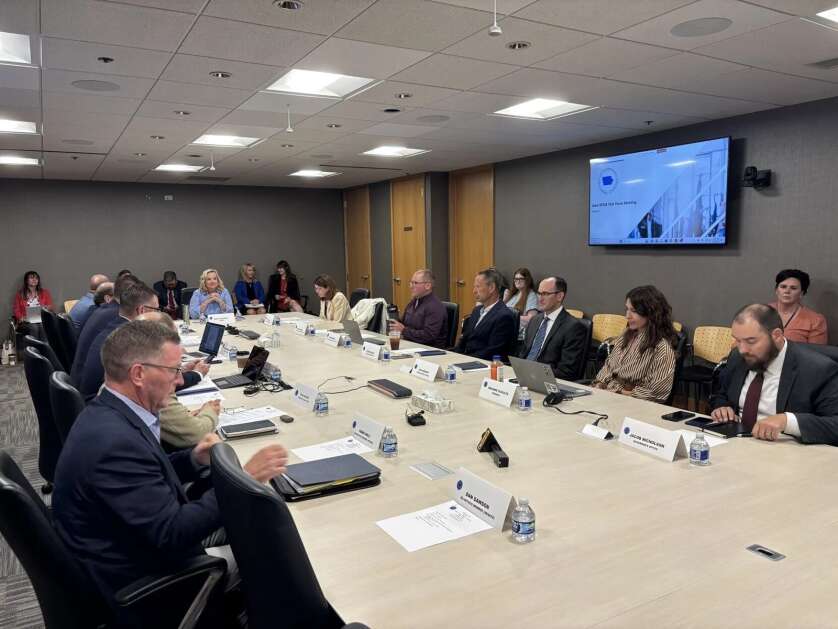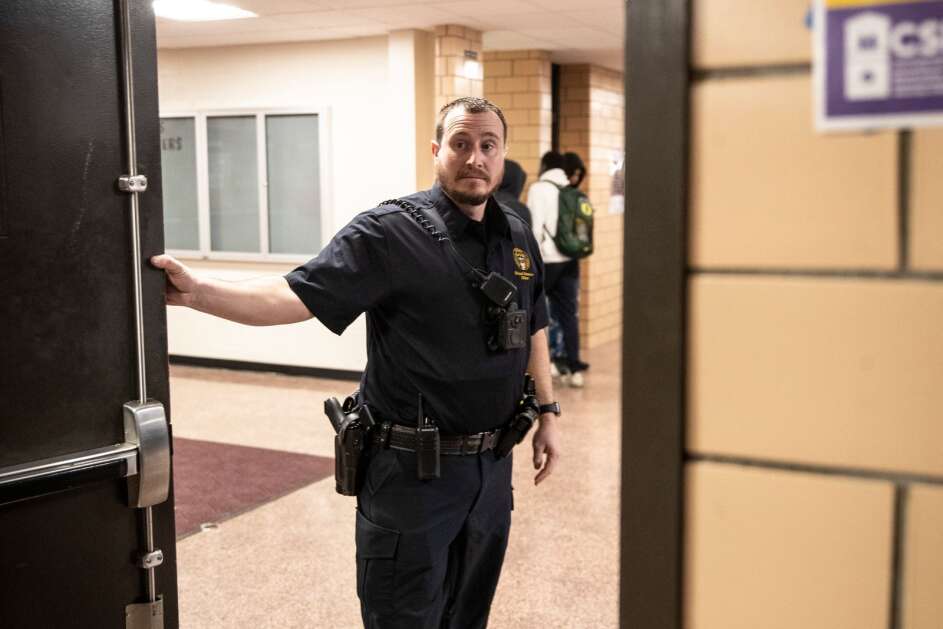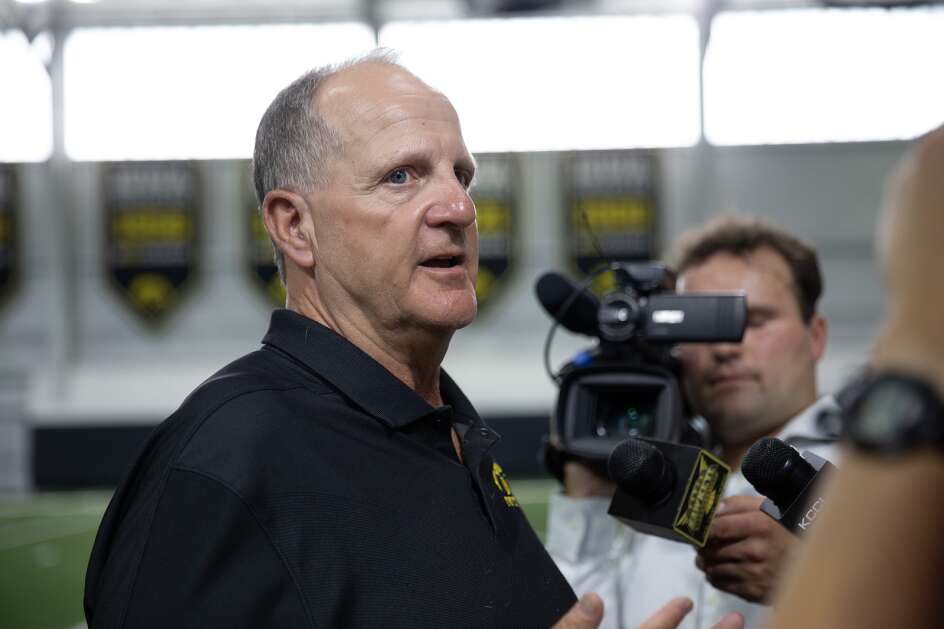The Gazette uses Instaread to provide audio versions of its articles. Some words might not be spoken correctly.
CEDAR RAPIDS With the grand inauguration of a new building at Eastern Iowa Health Center last week, residents in the Mound View and Wellington Heights communities of Cedar Rapids once again have access to a close drugstore.
In order to increase access to care, enhance patient outcomes, and fortify its long-term financial stability, Eastern Iowa Health Center is relying on technology and new service offerings.
In order to help patients safely manage complicated medication regimens, the nonprofit, federally qualified health center that serves underprivileged Iowans has opened a full-service pharmacy with automated dispensing machines, real-time video interpretation in dozens of languages, and blister-pack packaging systems.
Suggested Reading
Eastern Iowa Health Center has seen a dramatic turnaround. Here s how it happened
It intends to open a four-room urgent care center this fall, and a vision center in January.
When combined, executives believe these developments show a deliberate attempt to fill important gaps in community health care and generate income to keep the organization afloat in a more competitive climate.
Pharmacy innovations
The health center’s new pharmacy, located at 400 12th St. SE in Cedar Rapids, is the most obvious innovation. The pharmacy, which boasts cutting-edge automated dispensing equipment, debuted in late July following years of preparation and fundraising.
On Thursday, there was a ribbon-cutting ceremony and grand opening.
Antibiotics, blood pressure meds, and non-opioid painkillers are among the 84 most frequent medications for which one of its flagship machines—one of the first of its type in the United States—can automatically count, package, and label prescriptions. What used to take a pharmacist several minutes now just takes twenty seconds.
Prescriptions are filled, photographed, labeled, and sorted by patient using two robotic arms in McKesson Canada’s robotic pharmacy automation system. The pharmacy is one of just three in the nation to make use of the cutting-edge machinery.
The center’s pharmacist in charge, Aaron Sackett, stated that while the machine improves accuracy and efficiency, it also frees up our pharmacists to spend more time with patients. It can take a lot of time to explain how to take insulin or control blood sugar because many of the patients we see don’t speak English. We can now concentrate on that crucial patient education thanks to technology.
The pharmacy has set up video interpretation systems that allow employees to communicate with live translators in hundreds of languages in a matter of seconds, providing additional patient support. The center’s patients spoke 46 different languages last year.
According to Sackett, the translators are also able to read nonverbal clues, which is very useful when instructing someone on how to operate a medical gadget.
Additionally, the drugstore provides cutting-edge packaging options. Medication is sorted and packaged into sections that are clearly labeled by date and time of day using machines that produce blister packs or pouch-style pill packs. To lower the possibility of missing or mistaking doses, each packet is labeled with instructions and may even contain reminder messages, such as reminders to take medication at a particular time.
According to health center experts, this can save the lives of patients who are managing complicated regimens or several chronic ailments. Patients in group homes, nursing homes, or other facilities who might have trouble managing their medications will especially benefit from this.
According to Joe Lock, president and CEO of Eastern Iowa Health Center, these tools guarantee that patients take the appropriate medication at the appropriate time. They may just skip a few hours of their medication rather than days. Better management of blood pressure, diabetes, and other chronic illnesses may result from that.
According to Lock, the cost of buying the robotic devices, including the packaging and dispensing supplies, was about $500,000, which was paid for by an anonymous donor.
Additionally, EIHC has teamed up with SafeNetRx, a nonprofit organization based in Iowa that recycles leftover pharmaceuticals, to offer patients some prescription drugs for free.
Expanding access with urgent care
When the health center’s new urgent care clinic opens in November, the lobby of the drugstore will serve as the entryway. The clinic offers point-of-care testing for illnesses like COVID-19, strep throat, and the flu in addition to four exam rooms.
Staffing difficulties caused the debut to be delayed, as is the case with many health systems. Private clinics and nearby hospitals have been vying for nurses and medical assistants; some have even hired hundreds of employees for planned expansions. However, the health facility has now employed support staff and clinicians, and once doors open, it anticipates high patient demand.
The center’s family medicine division, where same-day walk-ins sometimes cause scheduling bottlenecks, will benefit from urgent care.
“Access is everything,” Lock stated. Patients have another point of access with urgent care, allowing us to treat them right away.
More significantly, urgent care is anticipated to bring in money.
A profit center is urgent care. A pharmacy is a place of profit. According to Lock, the vision center will turn a profit in order to support its goal of providing care to everyone, regardless of their financial situation, while also ensuring the institution’s long-term viability.
Preparing to launch vision services
The center’s integrated care concept will be further completed in January with the opening of a vision clinic. Given that roughly 70% of the customers at the health facility are Medicaid eligible, the service is anticipated to meet significant demand because Medicaid covers one annual eye exam and a pair of spectacles.
According to Lock, everyone needs eye care because everyone has eyes. This is yet another illustration of how we may create financial security while simultaneously addressing a communal need.
Responding to a pharmacy desert
Additionally, the center’s additions are a reaction to care gaps in the area. Last year, a Hy-Vee pharmacy and grocery shop on First Avenue closed, leaving many locals without access to fresh food or prescription drugs.
According to Lock, more than 2,000 of our patients had visited the drugstore in the year prior to its closure. It produced a food desert and a pharmaceutical desert when it closed.
Prior to the Hy-Vee shutdown, preparations for a new pharmacy were already under way, supported by a needs analysis that cost $60,000 in early 2022. However, the closure made it even more urgent.
According to Lock, the findings of the assessment made you want to cry or take out your pocketbook. The necessity was overwhelming.
The Wellington Heights Neighborhood Association’s president, Eric Gutschmidt, hailed the construction as “fantastic news” for the neighborhood, which has been struggling since Hy-Vee closed its pharmacy.
According to Gutschmidt, there was a great deal of fear when the Hy-Vee closed. It’s a major win to have a pharmacy within walking distance again, especially in one of the most mobilized communities.
According to Gutschmidt, many older persons, especially those who do not drive, were left exposed after the closure, despite the fact that the city and community organizations arranged rides and resources to assist residents.
He stated that was a devastating blow to the community.
According to Gutschmidt, the fact that the new pharmacy is operated by Eastern Iowa Health Center rather than a national company is particularly encouraging to the area.
According to him, Eastern Iowa Health Center has been an excellent community partner. They really are a great asset to the neighborhood and the city overall. Prescriptions can be transferred here, which is the largest method the community can assist. That would significantly contribute to retaining that money in the neighborhood.
Meeting growing demand
The health center has grown significantly in the last several years. It served over 12,000 unduplicated patients two years ago; by 2024, that figure had increased to almost 17,000 people.
This year, the clinic is expected to attract 71,000 patient visits. Over 100,000 patient contacts are anticipated over the next two years with the addition of pharmacy, urgent care, and vision services, according to Lock.
The actual pharmacy is expanding gradually. 184 prescriptions were filled by staff in the second week of operation. As outreach initiatives raise awareness and clinics send patients straight to the on-site pharmacy, weekly totals have kept rising.
Financial challenges ahead
While the center has significantly expanded its budget from $3.5 million a decade ago to $25 million today federal funding has remained flat at about $1.74 million annually. That federal support helps subsidize care for uninsured patients, but leaders stress the need for additional revenue streams.
New services can help with it. Pharmacy, urgent care and vision care are designed not only to meet community health needs but also to provide financial stability in the face of uncertainty about Medicaid funding.
Medicaid is in the crosshairs at the federal level, Lock said. We re preparing for those changes so that we can continue to be here for our patients.
At the same time, the center is encouraging the community to support local care by filling prescriptions at its pharmacy.
If you go to CVS, profits go to Rhode Island. If you go to Walgreens, they go to Illinois, Lock said. If you shop local with us, every dollar stays in this community, expanding services and serving more patients.
The pharmacy’s current hours are 8 a.m. to 5 p.m. Monday through Friday, and the facility includes a recently opened drive-up window.
Technology as a force multiplier
Across its initiatives, the health center is betting that technology can help it do more with limited resources whether through automated dispensing, tele-interpretation or medication adherence packaging.
We don t want our pharmacists spending their day counting pills, Lock said. We want them working directly with patients, using their clinical skills to improve health outcomes. Technology helps make that possible.
Comments: (319) 398-8499; [email protected]
